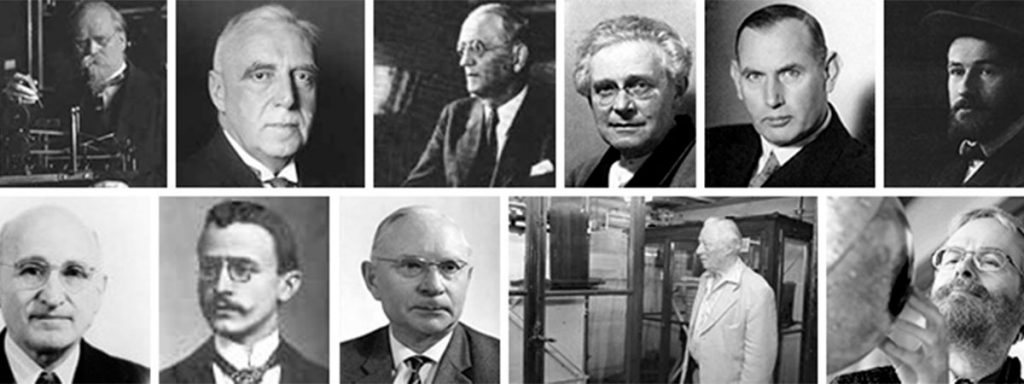
Wilhelm Schlüter
develops the clinograph
Wilhelm Schlüter developed what he called a klinograph. A klinograph is an instrument that measures changes in the angle of inclination of slopes. Schlüter was particularly engaged in exploring long waves that are produced by earthquakes. He found out: “The long waves are no linear oscillations of the earth’s particles, but elliptical oscillations with horizontal and vertical main axes whose orbit tends to only slightly deviate from that of a circle.”
Cited from “August Sieberg’s Handbook of Seismology, reprint of the original issue of 1904″Note: Along with Karl Erich Andrée, Gustav Angenheister, Immanuel Friedländer, Beno Gutenberg, Franz Kossmat, Gerhard Krumbach, Karl Mack, Ludger Mintrop, Peter Polis and Emil Wiechert, amongst others, Sieberg was one of the founding members of the German Seismological Society established on 19 September 1922 in Leipzig, today known as the German Geophysical Society (DGG).



